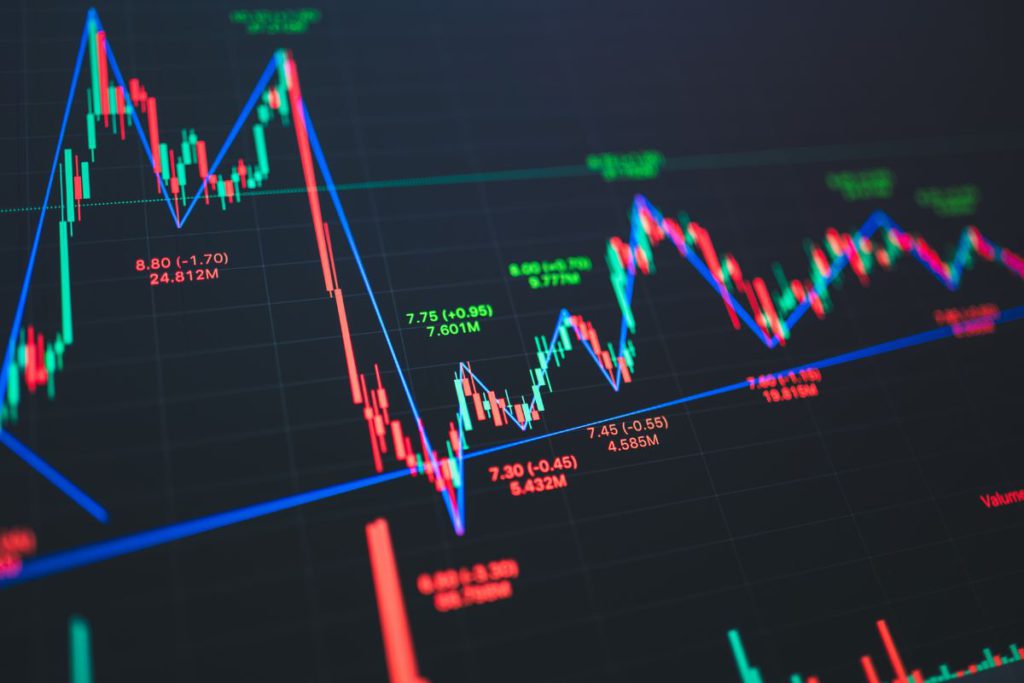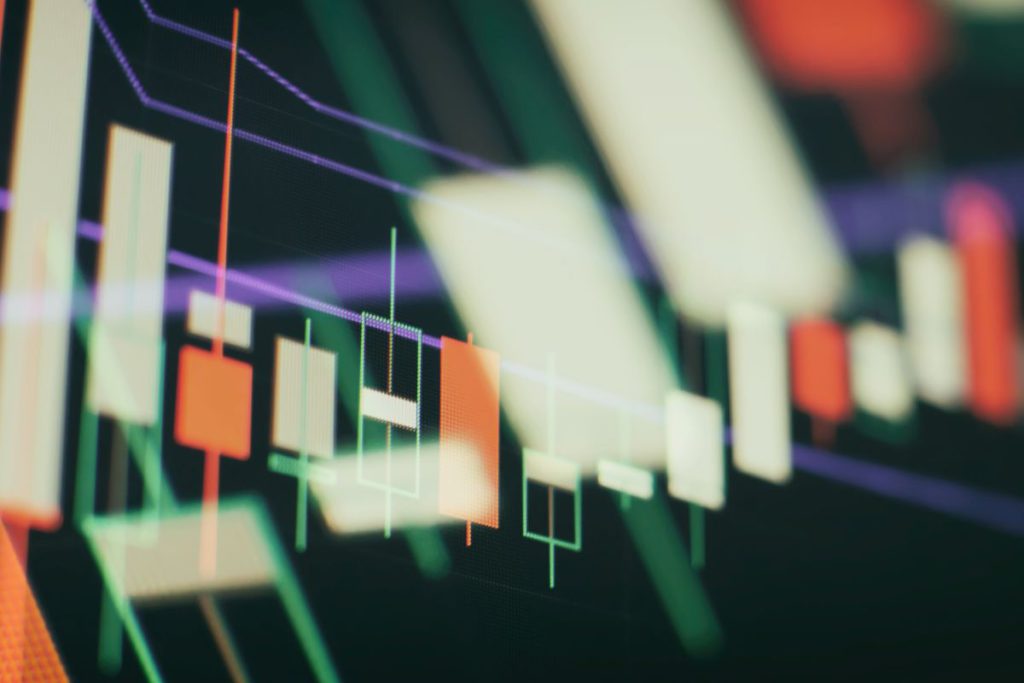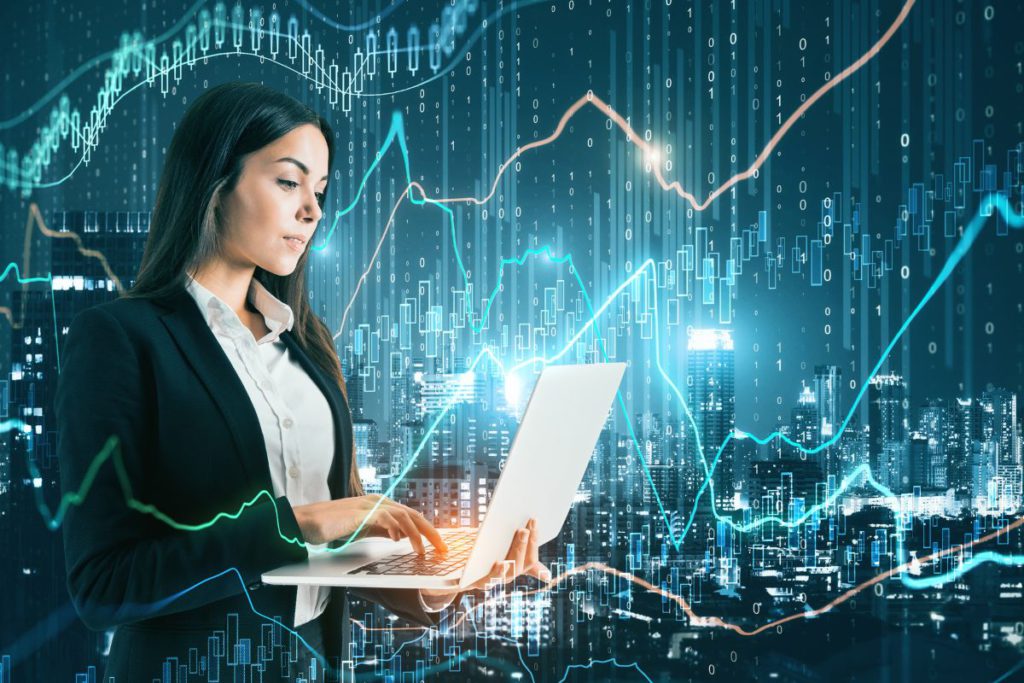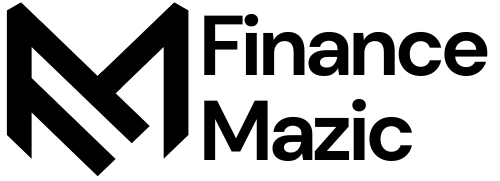In the ever-evolving world of finance, technical analysis has long been a cornerstone of trading strategies. But as we venture deeper into the digital age, a new player has entered the game: algorithmic trading. This technological revolution has dramatically changed the landscape of financial markets, leaving many traders wondering: Is technical analysis still relevant in the age of algorithms? This comprehensive guide will explore how technical analysis has adapted to the algorithmic trading era and how to leverage both to enhance your trading strategy.
Understanding the Basics
Before we dive into the intersection of technical analysis and algorithmic trading, let’s refresh our understanding of these concepts.
What is Technical Analysis?

Technical analysis is a trading discipline that predicts future price movements based on historical price and volume data. It’s founded on three key assumptions:
- Market action discounts everything
- Prices move in trends
- History tends to repeat itself
Technical analysts use charts, patterns, and indicators to identify trading opportunities.
What is Algorithmic Trading?

Algorithmic trading, often called algo-trading, uses computer programs to follow a defined set of instructions for placing trades. These algorithms can make decisions at speeds and frequencies that human traders can’t match.
Key benefits of algo-trading include:
- Rapid execution of trades
- Reduced human error
- Backtesting capabilities
- Ability to trade 24/7
The Impact of Algorithmic Trading on Markets

The rise of algorithmic trading has significantly impacted financial markets in several ways:
- Increased Market Efficiency
Algorithms can quickly identify and exploit minor price discrepancies, leading to more efficient markets.
Example: If a stock is trading at slightly different prices on two exchanges, an algorithm can instantly buy on the cheaper exchange and sell on the more expensive one, a process known as arbitrage.
2. Higher Trading Volumes
Algorithms can execute thousands of trades per second, dramatically increasing market liquidity.
Calculation: Let’s say a human trader can execute 1 trade every 5 seconds: Trades per hour = 3600 seconds / 5 seconds = 720 trades
An algorithm might execute 1000 trades per second: Trades per hour = 3600 seconds * 1000 = 3,600,000 trades.
That’s a 5000x increase in trading volume!
3. Faster Price Adjustments
News and information are incorporated into prices almost instantaneously, thanks to algorithms that can parse and trade on news in milliseconds.
4. New Types of Market Behavior
Algorithmic trading has introduced new patterns and behaviors in the market, such as:
- Flash crashes
- High-frequency trading (HFT) strategies
- Complex order types
Challenges for Traditional Technical Analysis

The rise of algorithmic trading has presented several challenges for traditional technical analysis:
- Reduced Effectiveness of Some Patterns
Some classic chart patterns may need to be more reliable due to the speed and volume of algo-trading.
Example: A head and shoulders pattern that might have taken weeks to form in the past could now develop and break within hours or even minutes.
2. Increased Market Noise
The sheer volume of trades generated by algorithms can create more “noise” in price data, making it harder to identify genuine trends.
3. Faster Market Reactions
When a human trader identifies a pattern or signal, algorithms may have already acted on it, potentially negating its effectiveness.
4. New Patterns Emerge
Algorithmic trading has led to the emergence of new price patterns that traditional technical analysis might not account for.
Adapting Technical Analysis for the Algo Age

Despite these challenges, technical analysis remains a valuable tool for traders. Here’s how it’s evolving to stay relevant:
- Incorporating Machine Learning
Modern technical analysis often uses machine learning algorithms to identify patterns and trends that might be invisible to the human eye.
Example: A machine learning model might analyze thousands of historical price charts to identify subtle patterns that precede significant price moves.
2. High-Frequency Data Analysis
Technical analysts are now working with tick-by-tick data to gain insights into market microstructure.
Calculation: Traditional daily OHLC (Open, High, Low, Close) data points per year: 365 days * 4 data points = 1,460 data points
Tick data for a liquid stock (1 tick per second during trading hours): 252 trading days * 6.5 hours * 3600 seconds = 5,896,800 data points
That’s over 4000 times more data to analyze!
3. Volume Profile Analysis
Understanding how volume is distributed across price levels can provide insights into algorithmic trading activity.
4. Order Flow Analysis
Analyzing the buy and sell orders in real time can help traders understand the intentions of algorithmic traders.
5. Adaptive Indicators
Technical indicators are being redesigned to adapt to changing market conditions automatically.
Example: An adaptive moving average might adjust its period based on market volatility, becoming more responsive during high-volatility periods and smoother during low-volatility periods.
Practical Strategies for Traders

So, how can individual traders leverage technical analysis in the age of algorithmic trading? Here are some practical strategies:
- Focus on Longer Time Frames
While algorithms dominate short-term price movements, human decision-making still plays a significant role in longer-term trends.
Strategy: Consider using daily or weekly charts for your primary analysis and shorter time frames for entry and exit timing.
2. Combine Technical and Fundamental Analysis
Use technical and fundamental analysis to get a more comprehensive view of security.
Example: You might use fundamental analysis to identify undervalued stocks and technical analysis to time your entry points.
3. Use Multiple Time Frame Analysis
Analyze security across different time frames to get a more complete picture of the trend.
Example:
- Long-term trend: Weekly chart
- Intermediate trend: Daily chart
- Short-term trend: 4-hour chart
- Entry/Exit timing: 1-hour or 15-minute chart
4. Implement Volume-Weighted Indicators
Pay attention to indicators incorporating volume data, which can provide insights into algorithmic trading activity.
Example: The Volume-Weighted Average Price (VWAP) is widely used by algorithms and can be a helpful reference point for human traders.
5. Utilize Order Flow Data
Use order flow data to understand the buying and selling pressure at different price levels if available.
Calculation: Order Flow Imbalance = Buying Volume – Selling Volume
If the imbalance is consistently positive, it might indicate strong buying pressure and vice versa.
6. Backtest Your Strategies
Use historical data to test your technical analysis strategies and see how they would have performed in different market conditions.
Example: You might backtest a simple moving average crossover strategy:
Python
import pandas as pd
import numpy as np
def sma_crossover_strategy(data, short_window, long_window):
signals = pd.DataFrame(index=data.index)
signals[‘signal’] = 0.0
# Create short simple moving average
signals[‘short_mavg’] = data[‘Close’].rolling(window=short_window, min_periods=1, center=False).mean()
# Create long simple moving average
signals[‘long_mavg’] = data[‘Close’].rolling(window=long_window, min_periods=1, center=False).mean()
# Create signals
signals[‘signal’][short_window:] = np.where(signals[‘short_mavg’][short_window:]
> signals[‘long_mavg’][short_window:], 1.0, 0.0)
# Generate trading orders
signals[‘positions’] = signals[‘signal’].diff()
return signals
# Assuming ‘data’ is your DataFrame of historical price data
signals = sma_crossover_strategy(data, short_window=40, long_window=100)
# Calculate returns
signals[‘returns’] = np.log(data[‘Close’] / data[‘Close’].shift(1))
# Calculate strategy returns
signals[‘strategy_returns’] = signals[‘positions’].shift(1) * signals[‘returns’]
# Calculate cumulative returns
signals[‘cumulative_returns’] = signals[‘strategy_returns’].cumsum()
This script creates a simple moving average crossover strategy and calculates its returns. You can then plot the cumulative returns to visualize the strategy’s performance.
7. Stay Informed About the Market Structure
Keep yourself updated on changes in market structure, new order types, and regulatory changes that might affect algorithmic trading.
8. Consider Using Algorithmic Tools Yourself
Many brokers now offer algorithmic trading tools to retail traders. Consider using these to automate parts of your trading strategy.
Example: You might use an algorithm to automatically place a stop-loss order that trails the price by a certain percentage.
The Future of Technical Analysis

As we look to the future, it’s clear that technical analysis will continue to evolve alongside technological advancements in trading. Here are some trends to watch:
- AI-Enhanced Technical Analysis: Artificial intelligence and machine learning will play an increasingly important role in identifying complex patterns and relationships in market data.
- Real-Time Sentiment Analysis: Technical analysis may incorporate real-time sentiment data from social media and news sources to gauge market mood.
- Quantum Computing: As quantum computing becomes more accessible, it could revolutionize the speed and complexity of technical analysis calculations.
- Blockchain and Decentralized Finance: The growth of decentralized finance (DeFi) may create new opportunities and challenges for technical analysts.
Conclusion: Embracing the New Reality

Technical analysis is not dead in the age of algorithmic trading—it’s evolving. By understanding algorithms’ impact on market behavior and adapting our techniques accordingly, we can continue to use technical analysis as a powerful tool in our trading arsenal.
Remember, while algorithms may dominate short-term price movements, human emotions, decision-making, and interpretation still play crucial roles in market dynamics, especially over extended time frames. The key is to adapt, combine different analytical approaches, and stay informed about technological advancements in trading.
As you navigate this new landscape, keep learning, stay flexible, and not be afraid to combine traditional technical analysis with modern algorithmic insights. The traders who thrive will be those who can bridge the gap between human intuition and machine precision.
What are your thoughts on the future of technical analysis? How have you adapted your trading strategies to the age of algorithms? Share your experiences and insights in the comments below!


